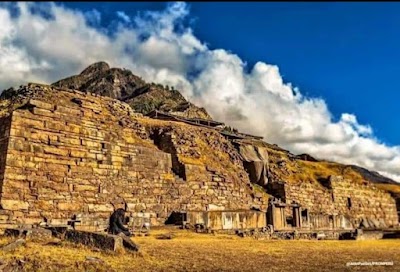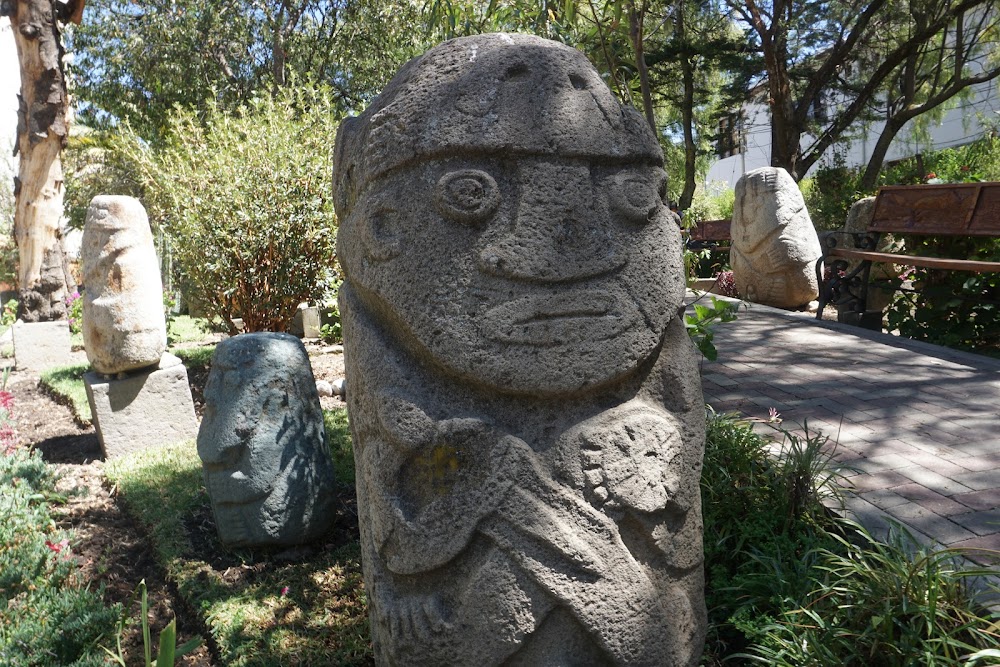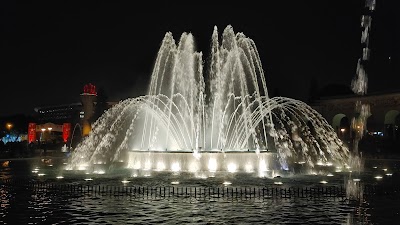Sechin Archaeological Site (Complejo Arqueológico de Sechín)
Overview
The Complejo Arqueologico Sechin, or Sechin Archaeological Site, is a captivating destination nestled in the city of Casma, within the stunning Áncash region of Peru. Renowned for its awe-inspiring stone carvings and rich historical significance, this ancient site dates back to around 1600 BCE, making it one of the oldest archaeological treasures in Peru.
Visitors to Sechin are often struck by its distinctive monoliths and intricate stone carvings that embellish its walls. The central structure, known as Sechin Alto, is a monumental architectural achievement primarily constructed from stone. This impressive edifice features enormous upright stone slabs, some soaring to heights of up to 4 meters. The most striking aspect of Sechin is undoubtedly the iconic carvings that portray warriors, deities, and scenes of human sacrifice, showcasing the sophisticated artistry and ritual significance integral to the lives of the ancient people who built it.
The construction of Sechin was a colossal feat that exemplified the ingenuity of its ancient builders. Utilizing large stone blocks, they expertly cut and fit them together with precision. Transporting these immense stones likely involved simple tools and the sheer determination of a well-organized labor force, highlighting their advanced understanding of engineering techniques for their time.
Archaeologists believe that the primary purpose of the Sechin site was ceremonial in nature. The elaborate carvings imply that it served as a focal point for rituals and governance. Sechin was likely a bustling hub for religious activities, where offerings were made to deities and significant ceremonies unfolded. The depictions of warriors and sacrificial victims on the walls underscore the intertwined roles of power, control, and religious practices within this ancient community.
Over the centuries, various cultures have occupied the site, each leaving their unique imprint on Sechin. As new groups settled in the area, they often constructed new buildings atop the existing ones, adding layers of complexity and history to the site. These successive occupations provide a fascinating glimpse into the evolution of Andean cultures, illustrating how they adapted and thrived over time.
Extensive archaeological research at Sechin has yielded a wealth of artifacts, including pottery, tools, and human remains, offering invaluable insights into the lives of its ancient inhabitants. These discoveries enrich our understanding of the region's social dynamics, economic activities, and interactions with neighboring communities, creating a broader narrative of life in the Andes.
Remarkably, despite its age, Sechin is in a state of excellent preservation. Ongoing efforts to protect and restore its features ensure that this portal to the past remains accessible for future generations to explore. The site’s rediscovery and continued study have significantly enhanced our comprehension of pre-Columbian civilizations in the Andes.
Today, Sechin draws scholars, history enthusiasts, and curious travelers from around the globe. Strolling through its ancient corridors and marveling at the detailed stone carvings fosters a profound connection to the vibrant cultures that once flourished in this region of Peru. Sechin stands as a compelling testament to human creativity and the rich cultural tapestry of Andean civilizations, inviting all who visit to delve into its storied past.







